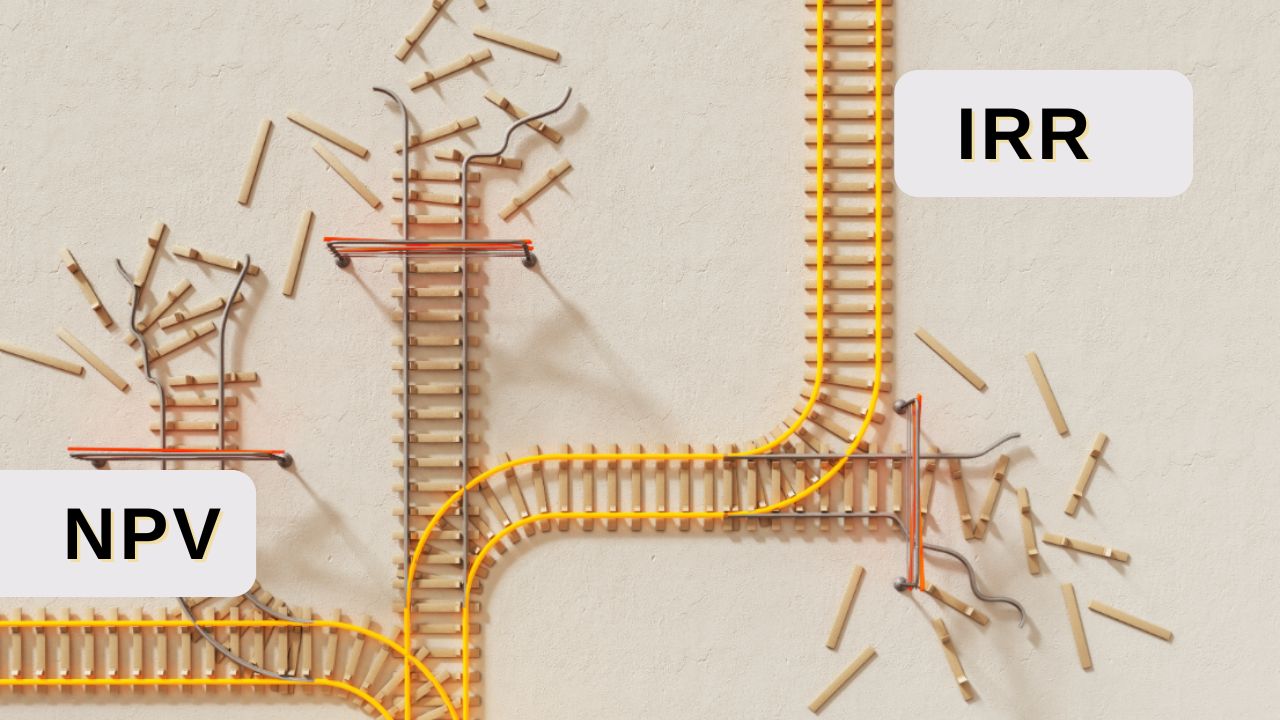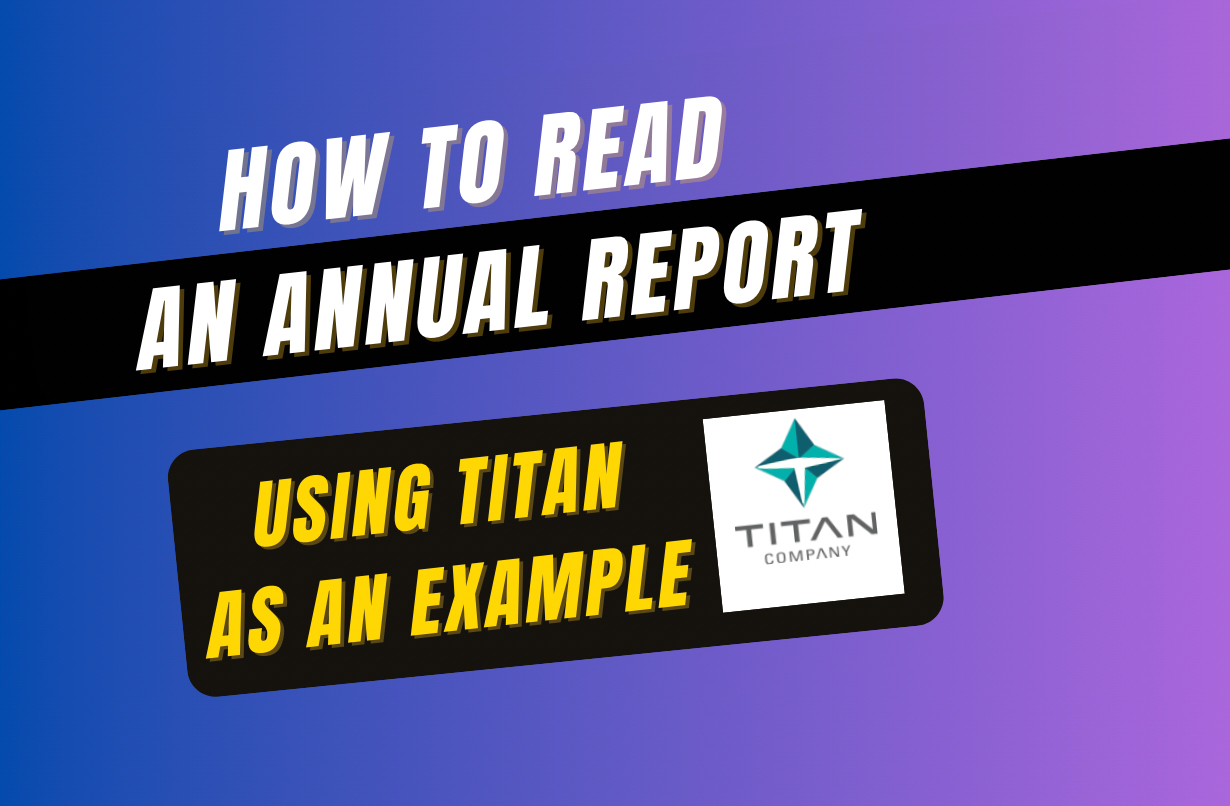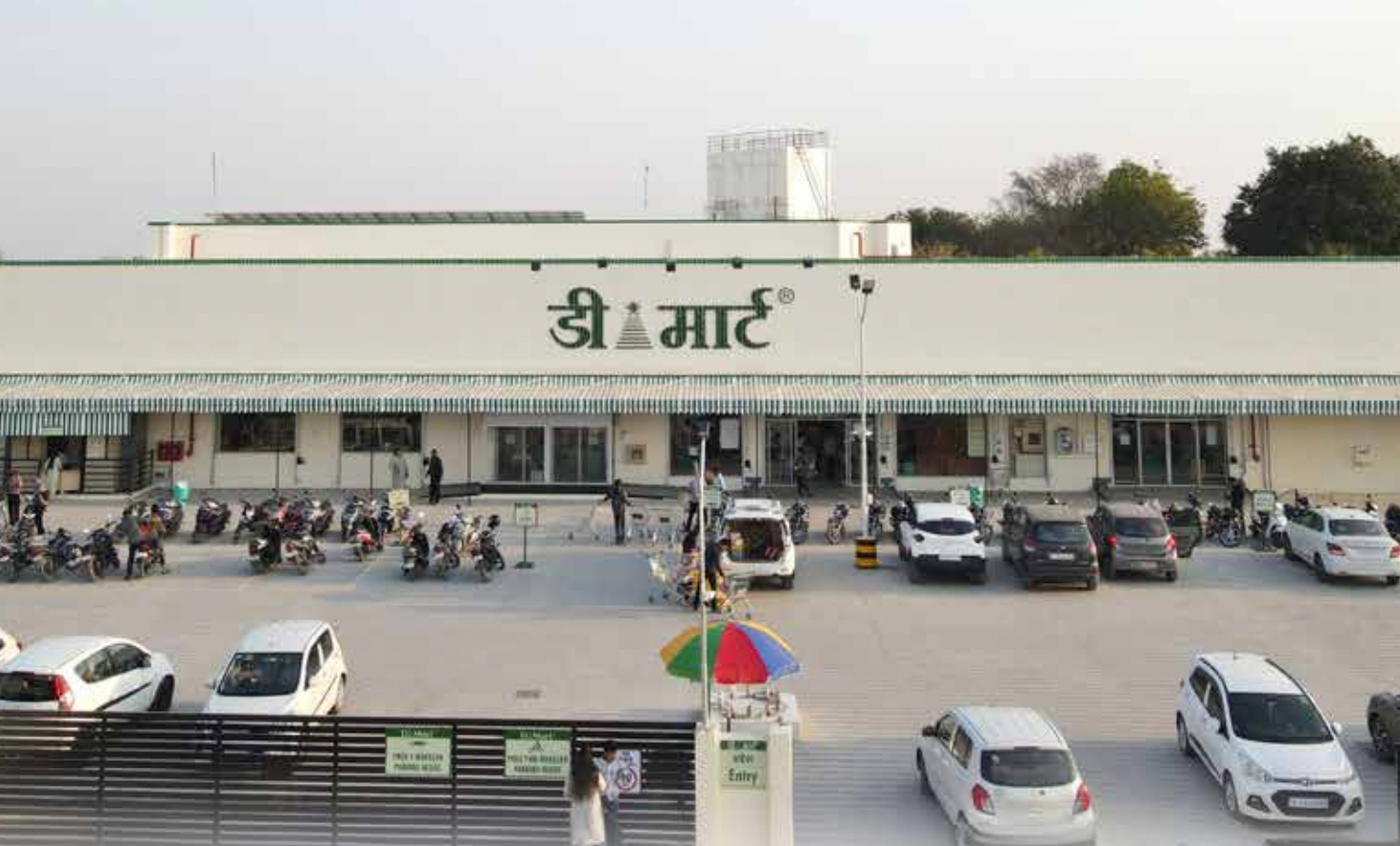How do you choose between 2 projects, if NPV of Project A is better than Project B, but B has a higher IRR than A? This dilemma lies at the heart of capital budgeting decisions.
We know the rules of project selection
Select a project if
NPV > 0
IRR > Cost of Capital
Now assume there are 2 projects, Project A and B which both satisfy these clauses.
But
NPV (Project A) > NPV (Project B)
while
IRR (Project A) < IRR (Project B)
How do you prioritize now?
In real life, the ability to raise large amounts of capital becomes the deciding factor.
If capital is not scarce, and you are a large organization with access to capital (example Reliance, Infosys, Tata Steel etc), then you will most likely choose the higher NPV project, since that gives you the highest absolute increase in value. NPV of 12,000 is better than NPV of 8,000, since capital is available, and whatever maximizes the total absolute value, is chosen.
However, if you are a small company, with limited capital, the usual recourse is to choose the project that gives the best return for your money. Here you tend to choose the projects with higher IRR, since higher NPV projects may need higher capital outlay.
These practical scenarios illustrate how corporate finance decisions often unfold. It’s important to note that one approach isn’t universally superior to the other, and decisions can vary widely among organizations. There could be large organizations focusing on IRR as well, but more often than not, the access to capital is the deciding factor.
A version of post first appeared on LinkedIn – here











